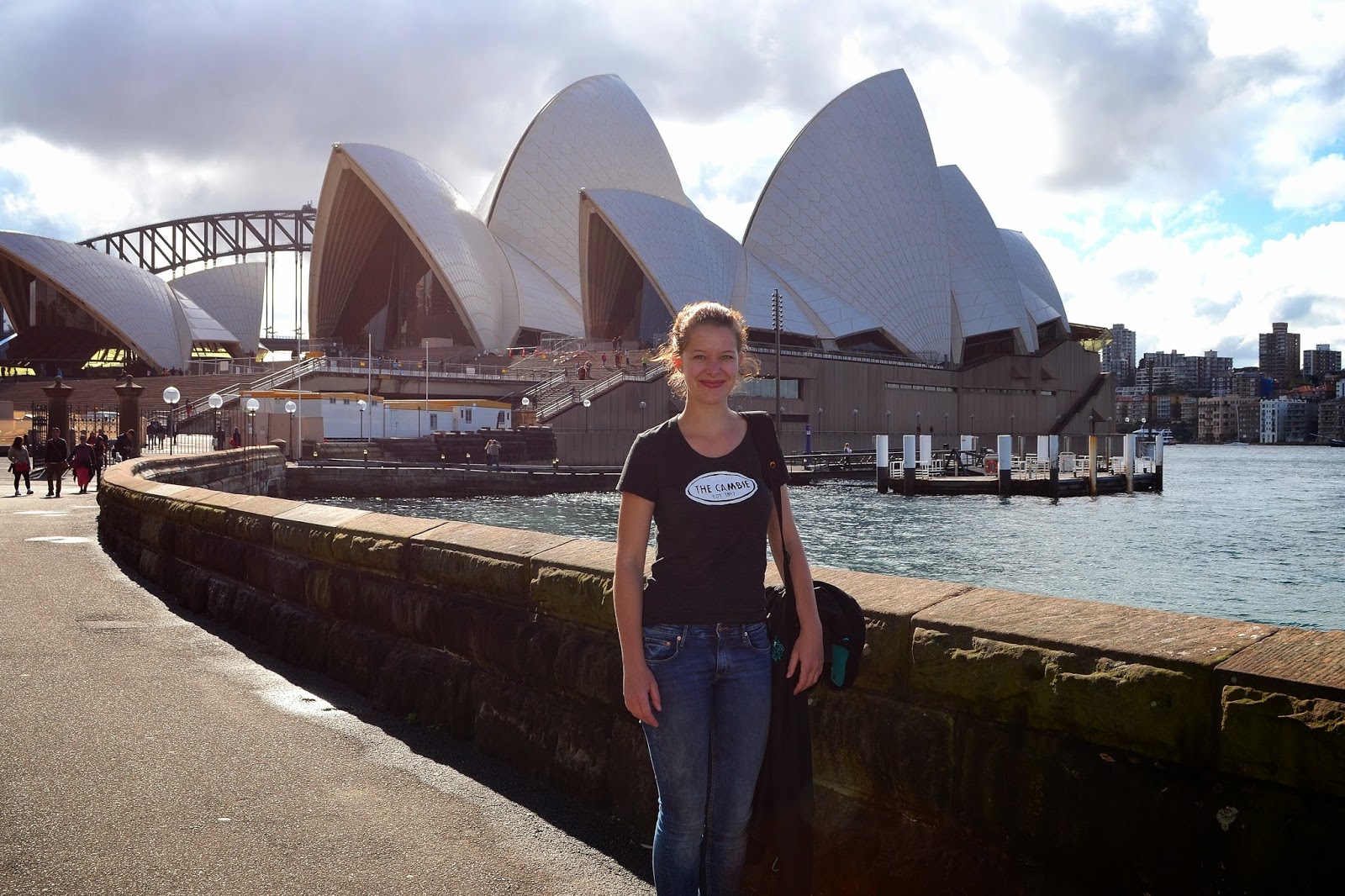Washington DC
Jenny comes to the end of her Travelling Fellowship adventure
So this is it, my final blog. Having never written blogs before I think I’m finally getting used to documenting my life just as my fellowship comes to an end! It’s been an amazing 6 weeks but I’m definitely looking forward to getting back home.
So what have I been doing in Washington DC? After a brutal 1:30am wake up call to catch the flight from Boston I arrived in a somewhat confused state, but an early night set me to rights for the first visit on Monday morning. I spent most of the week with Iona Senior Services whose primary aim is to help people ‘age well and live well’. Within their building, they have Iona's Weinberg Wellness & Arts Center, a day centre offering support for individuals with memory loss and other conditions as well as a gallery space that rotates exhibitions 3 or 4 times a year. The artists in residence who are chosen must be 60+ years young (love that phrase!) and have the capacity to provide 75 to 100 pieces, depending on size. The size and significance of the show really encourages artists to push themselves, particularly if they haven’t made a big collection for a while. During the exhibition time, each artist also facilitates three key events:
- Meet the Artist Reception: this is an introduction to their life and work. Anyone can attend and food and drinks are provided, similar to a gallery opening.
- Lunch and Learn: over lunch there is a tour of the artwork and lecture from the artist about the pieces and process. Both the public and staff members are encouraged to attend.
- Workshop: a workshop is facilitated by the artist for service users from Iona’s own Wellness and Arts Centre.
 Once their exhibition is completed, artists in residence become an ambassador for the centre and usually donate a piece to the permanent collection, including a self-portrait box that they make for Iona to keep. On my first day, after spending the morning with Patricia Dubroof, Gallery Director for IONA Senior Services, I accompanied her to a home visit for a potential future artist in residence. Jim’s collection was absolutely fabulous and it was amazing to see the transitions between different mediums and styles throughout his life as an artist. Patricia explained more about what was involved, including training for the artist to enable them to work effectively with service users in workshops and preferred delivery methods for the lunch and learn sessions.
Once their exhibition is completed, artists in residence become an ambassador for the centre and usually donate a piece to the permanent collection, including a self-portrait box that they make for Iona to keep. On my first day, after spending the morning with Patricia Dubroof, Gallery Director for IONA Senior Services, I accompanied her to a home visit for a potential future artist in residence. Jim’s collection was absolutely fabulous and it was amazing to see the transitions between different mediums and styles throughout his life as an artist. Patricia explained more about what was involved, including training for the artist to enable them to work effectively with service users in workshops and preferred delivery methods for the lunch and learn sessions. |
| Jenny and a 107 yr old lady at the Veterans Affairs Medical Centre |
Over the next few days Patricia and I visited two other facilities in which she worked. The first was the DC Veterans Affairs Medical Center, which offers long term palliative care, hospice and rehabilitation for veterans. Although the settings feel quite clinical, as part of the main hospital, they have done great things with the space. Patricia has developed an art gallery throughout the center with art work from local veteran artists and individuals within the center itself, transitioning every 3-4 months. Their creativity and healing programmes also include music, tai chi, visual art classes and museum partnerships. I observed an art session and then sat in on a team planning meeting to discuss exhibition schedules and the ongoing projects. The next morning we also visited the second Iona site at St Albans Church, who had a group of corporate volunteers from AARP in to help for the day. One of the service users, Barbara, was particularly inspirational. Having participated in many initiatives, she had recently started her own - ‘Introduction to Quilt Making with Barbara’. Participants can either work on their own projects or help make baby quilts for the St Albans Outreach Ministries and the session has been extremely popular.
My next visit was to the National Center for Creative Aging (NCCA). When I first started contacting organisations in the area and receiving times and locations I began to get slightly confused. Three out of the four people I contacted all gave the same address and I felt that there was some kind of conspiracy going on! As it turns out, there are a number of other likeminded organisations that share Iona’s workspace, including the NCCA. I met with Dorothy Wohlslagel, Director of Education Services, and Gay Hanna, Executive Director, to talk about the organisation’s primary services. Dorothy took me through their Online Artist Training in Arts and Aging, an e-learning training package that teaches artists how to lead lifelong learning arts programmes that engage older people. While not an ideal method, the organisation has successfully provided flexible training for large numbers of professionals within tight budget constraints. They are also aiming to develop it by adding more media forms, for example video clips, to help increase interaction and engagement.
 |
| National Museum of American History |
On my final day in Washington I was back with Iona’s Wellness & Arts Center under the guidance of Jackie Sargent, the centre’s art therapist. After accompanying an outing to the National Museum of American History in the morning, I had an opportunity in observe a group art therapy session and then talk through staff training with Jackie in more detail. One of the key things she highlighted as important for staff to understand is the boundary between art making and art therapy. Knowing how to interact and react to art work appropriately, so that the process and product is validated is important for the individuals involved. One of the ways that this understanding is developed is through group art sessions for staff. Creativity evenings, where staff make art work together, are held in the studio once a month. They have a different theme each year and the resulting work is displayed in a yearly exhibition in Iona alongside the resident’s pieces. This focus on staff self-care is extremely important and also offers them first-hand experience of the process that the individuals they support go through. It was lovely to see how Iona use art for the benefit of staff, helping to develop empathy and respect for service users and what they do when at the centre.
And that was my last visit! I think that I have developed a clear vision for the key points I’m going to talk about in my report, but a bit anxious about the write up! I have three months so once it’s done I’ll keep you posted. I think I’m going to have a few weeks off and then come back to everything I have learnt with a fresh pair of eyes… Wish me luck!
"A note from Insight - thank you for reading Jenny's blog, she had an inspirational time, but we did miss her and we're keen to see how she incorporates her experiences into Leadership and Management Training."
























.JPG)
.JPG)
.JPG)
